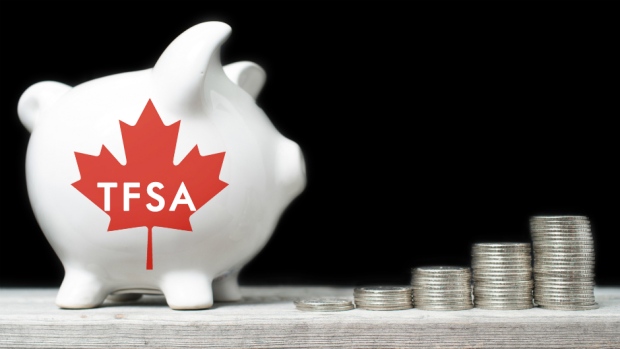Dec 7, 2018
Personal Investor: Year-end RRSP and TFSA tax traps
By Dale Jackson

It’s the time of year when most people are focused on anything other than taxes, but there are three things that might need your attention before the new year. Failing to take action before Dec. 31 could derail retirement plans, cause a higher tax bill or even result in a penalty from the Canada Revenue Agency .
1. If you are one of the 10 per cent of tax-free savings account (TFSA) holders that contributes the maximum allowable amount each year, and you made a withdrawal in 2018, you must wait until 2019 to regain that contribution space. Once Jan.1 rolls around, everyone will be allowed to contribute an additional $6,000 but a contribution before the end of the year will apply to 2018 and could result in a penalty for over contributing. After Jan.1, the withdrawal amount you made in 2018 will be restored, plus the new allowable amount.
2. If you turned 71 in 2018, you have until Dec. 31 to make any final contributions to your registered retirement savings plan (RRSP) before converting it into a registered retirement income fund (RRIF) or registered annuity. A RRIF is like a reverse RRSP – instead of contributions going in, withdrawals go out. Normally, the RRSP contribution deadline is the first Monday of March but the CRA will not allow a contribution to be made in the same calendar year funds are withdrawn.
3. The deadline to contribute to an RRSP isn’t until March 1 but if you contribute to a spousal RRSP, and your spouse plans to begin making withdrawals from his or her plan by 2021, you must make your contribution before Dec. 31. According to the rules, withdrawals from a spousal RRSP will not be taxed in the recipients hands until the third calendar year after the contribution. If they are withdrawn before the third calendar year, the funds will be taxed in the hands of the contributor. That could be a costly problem considering the contributor to a spousal RRSP is normally in a higher tax bracket.









